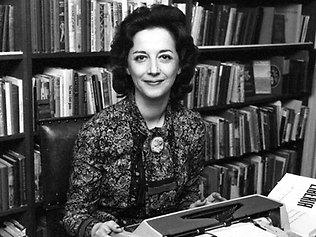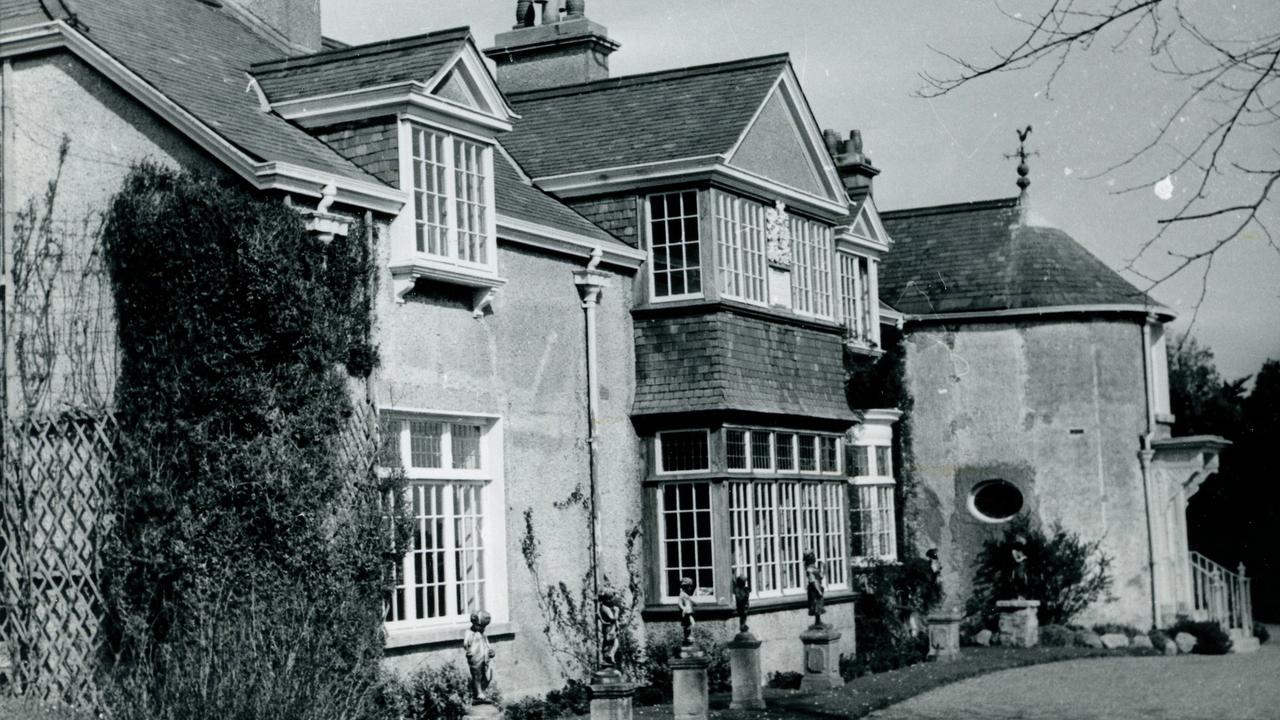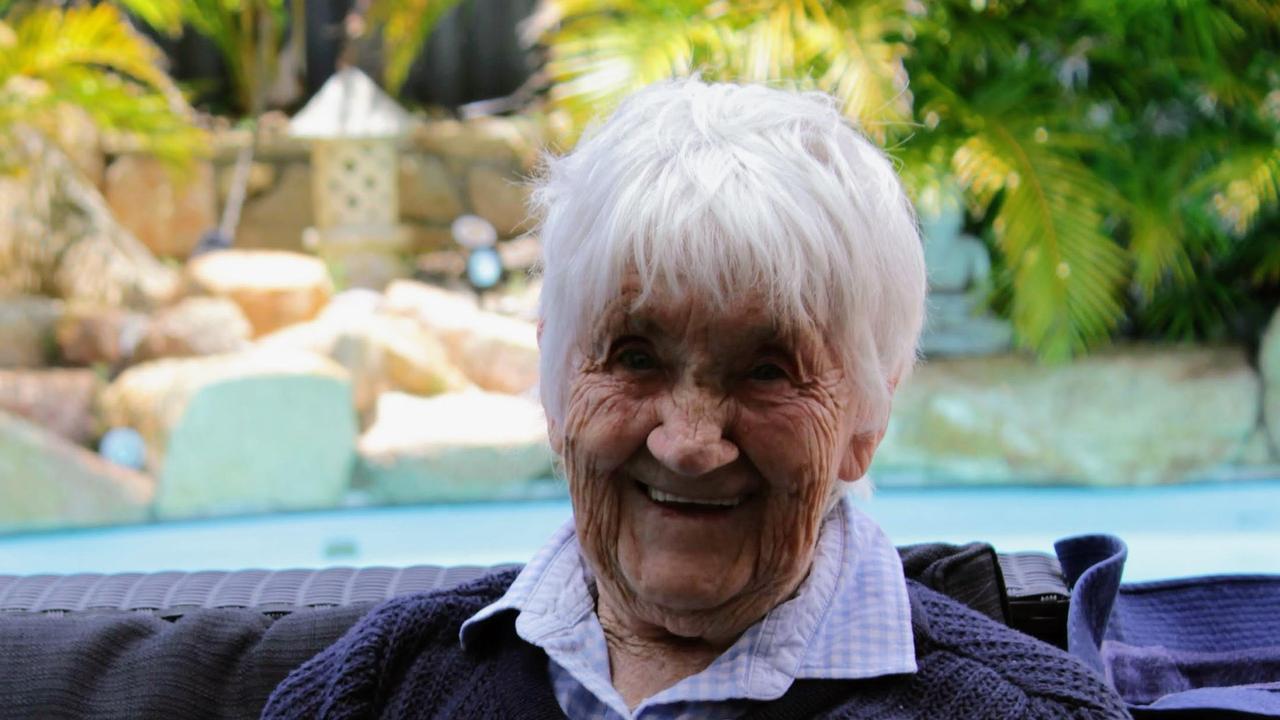Tiptoe through the black tulips
STUART Kells's life of Melbourne bookseller Kay Craddock is a shibboleth of sorts, a story password-protected for bibliophiles.

STUART Kells's life of Melbourne bookseller Kay Craddock is a shibboleth of sorts, a story password-protected for bibliophiles.
If mention of Golden Cockerel Press, or Maggs Brothers, or an inscribed first edition of Joyce's Ulysses does not make your Adam's apple dip, if the terms half-calf, yapp edge and editions de luxe are all Swahili to you, then you may be in the wrong place.
If, however, you are one of those whose steps slow to a shuffle while passing second-hand booksellers' windows, who chase dust spiders from charity shop shelves in search of treasure or who even (like some of my former customers) divert rare book purchases to an address less likely to raise a spouse's ire, welcome in: here is a book trade tale to relish.
What makes Rare such a treat is the unlikely triumph of its subject. Craddock left school at 16 and worked in a succession of secretarial jobs before joining her parents -- Les, a sales manager for tractor maker Massey-Ferguson, and Muriel, a homemaker -- when they decided to open a shop in Melbourne's northern suburbs in 1965.
As Kells acknowledges, the early stocking strategy of the Essendon Treasure Chest was scattershot, to say the least:
Cobbling together furniture, crockery, handicrafts and books did not look like a strong base for a successful business. In their first week, Kay and Muriel heard the casually sceptical remark, "I wonder how long they will last."
The answer is 46 years and counting: an achievement all the more remarkable when you learn Les Craddock died of a heart attack months after the shop's opening, leaving his wife and teenaged daughter Muriel to enter the deeply conservative, male-dominated world of antiquarian books with modest capital and scant knowledge of the trade.
Today, of course, even the least bookish will know the elegant stone shopfront on Collins Street, a former Scots Church Assembly hall that houses the eighth and most elegant of Kay and Muriel Craddock's book-lined havens. It is, according to Barry Humphries, a lifelong book collector and acerbic auditor of his home town, one of only a handful of Melbourne landmarks not ruined by the city's "headlong worship of mammon".
Yet this romantic vision of Craddock's place in the city's imagination overlooks the importance of business acumen to the survival of any bookselling enterprise. The drama of Kells's account arises from a young woman's effort to bring her own eye (that combination of aesthetic tingle and contextual knowledge that true booksellers and collectors possess) into alignment with the exigencies of the marketplace. It turns out Craddock's success has always relied on making the beautiful profitable.
And what beauties have passed through her hands. Through the decades Craddock has dealt in the burgeoning field of Australiana, private press books, Ex Libris, modern firsts and children's literature, voyages and travels, incunabula (early printed books), association copies and pretty much anything else that took her fancy. In the London firm where I learned the trade, each of these demanded a separate department, staffed by specialists.
It helped that Craddock began her bookselling enterprise in a spirit of blissful ignorance -- her first buying trip in England and Europe saw her waltzing through the doors of grandly incredulous booksellers, many of whom refused the unknown Australian a kind word or even a trade discount -- but it helped more that she learned quickly, from her own mistakes and others' successes. Book trade luminaries such as Antony Rota, Gaston Renard and Margaret Woodhouse were crucial early mentors.
Once established, though, Craddock's growing self-confidence and high reputation in the collecting community allowed her to make her own weather. Her catalogues borrowed the bibliographic care and descriptive rigour of London grandees Maggs and Quaritch, and the hustle and energy of American dealers such as Tom Goldwasser and Tom Congleton. She relied on institutional buyers and old-school collectors but was happy to create a new market -- in small press historical pamphlets, say, or even pop-up books -- to flush out fresh customers.
It is hard to explain to outsiders just how Eurocentric and riven by infighting the top end of the international rare book trade can be. Kells makes a decent fist of it in Rare, outlining the fraught process of building in the late 1970s an Australasian chapter of the Booksellers Association, , of which Craddock was a founding member, before celebrating her latter-day achievement in becoming the first female president of the International League of Antiquarian Booksellers in 2000.
But the real pleasure of this book lies in the everyday anecdotes and larger-than-life characters that accumulate with the years: John Gartner, for instance, the legendary collector who lost everything in Victoria's 1983 bushfires but, with Craddock's assistance, immediately began buying on an even more ambitious scale; or Richard Booth, self-styled king of book town Hay-on-Wye, bibulous but unfailingly generous to the neophyte bookseller; or Richard Griffin, the charming, handsome Irishman (and one-time fiance of Kay) who, late in a chaotic life, found his metier as a bookbinder.
The world Rare describes was disappearing even as I entered the trade in 2001. For a business where success relies on a subjective sense of the scarceness and value of a particular title, knowledge won only through time and through experience, the web was a disaster: a tsunami of objective information about the true rarity of books.
While this was good news for collectors who could now make independent assessments of a book's worth, it sucked the marrow from booksellers' bones. The thrill of the chase that made book collecting such a romantic undertaking was reduced to the banal scanning of eBay listings, uploaded by faceless digital traders with no experience and a tendency to sharp practice.
In last week's Guardian newspaper my former boss, bookseller Rick Gekoski, predicted that in 20 years local second-hand bookshops will have gone the way of the dodo. If he is right, then accounts such as Kells's will become historical artifacts. And lives such as Kay Craddock's? They will be "black tulips": objects so rare that collectors of the future will doubt their existence.
Geordie Williamson is The Australian's chief literary critic. From 2001 to 2006 he catalogued books for Rick Gekoski and established a modern English-lit department for Soho booksellers Bernard Quaritch.



